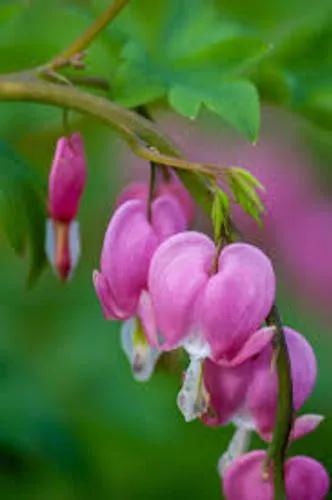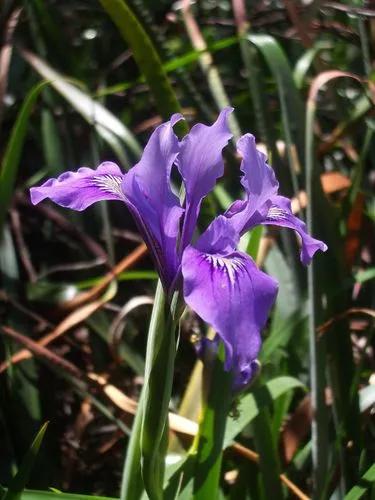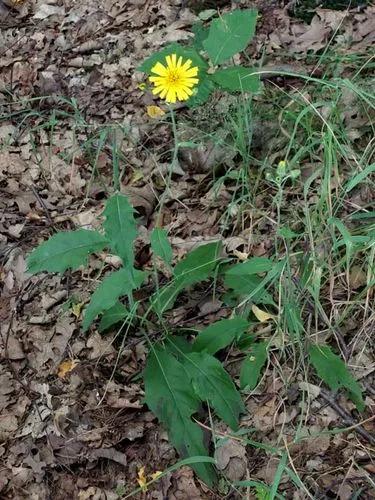A. purpurascens is an erect, deciduous perennial with ovate to oblong, pointed, dark green leaves, slightly hairy beneath, and nearly spherical umbels of tiny, reddish-purple to reddish-pink flowers from late spring into summer.
Purple Milkweed Care
Asclepias Purpurascens



How to Care for the Plant

Water

After their second growing season, only requires deep but infrequent watering.

Pruning

If you don’t want additional seedlings next spring, simply cut off the seed pods before they pop open or bind them shut with twist ties or rubber bands if you want to collect purple milkweed seeds.

Sunlight

It can grow in semi-shade (light woodland) or no shade

Soil

Suitable for: light (sandy) and medium (loamy) soils and prefers well-drained soil. Suitable pH: acid, neutral and basic (alkaline) soils

Additional

Although no specific reports have been seen for this species, many, if not all, members of this genus contain toxic resinoids, alkaloids and cardiac glycosides. They are usually avoided by grazing animals

Popularity

178 people already have this plant 54 people have added this plant to their wishlists
Discover more plants with the list below
Popular articles






